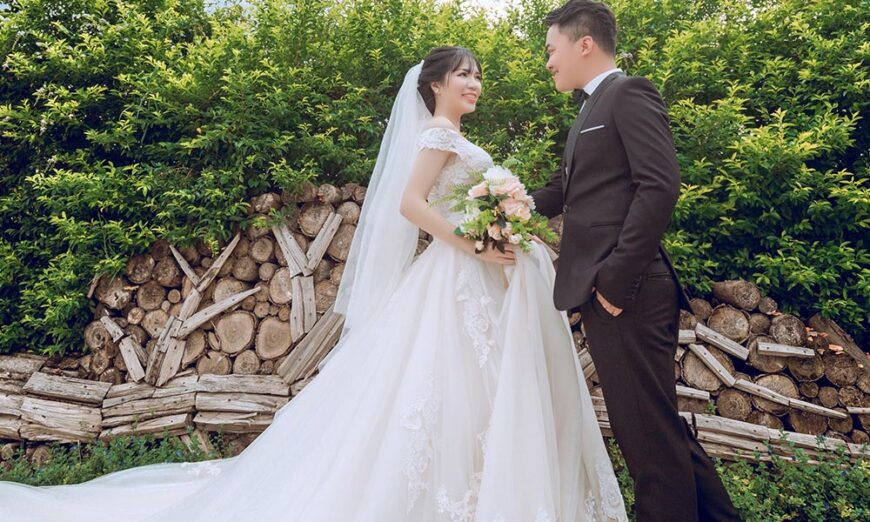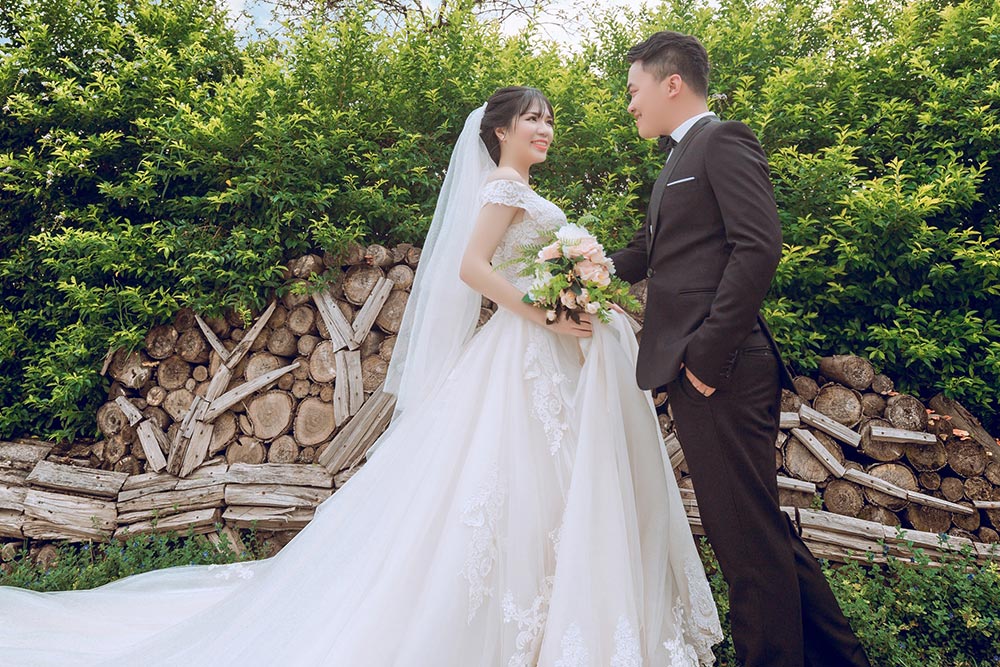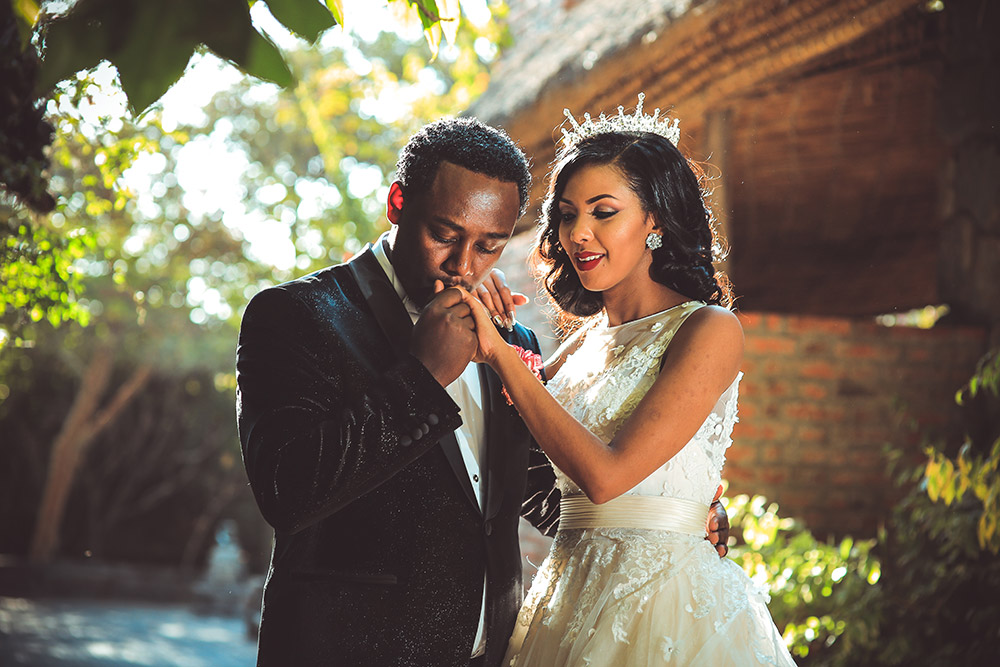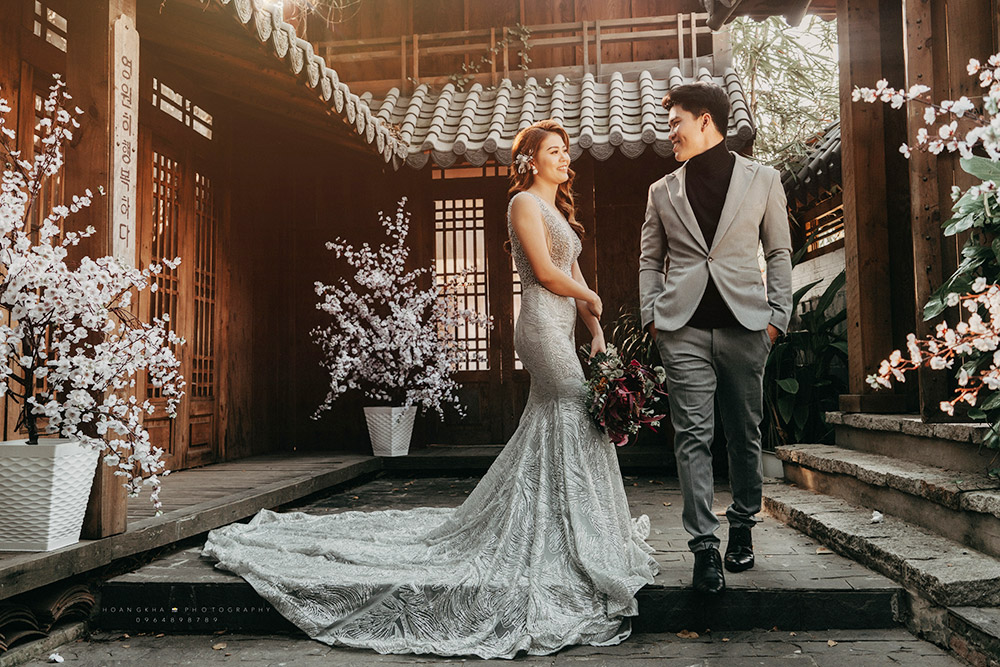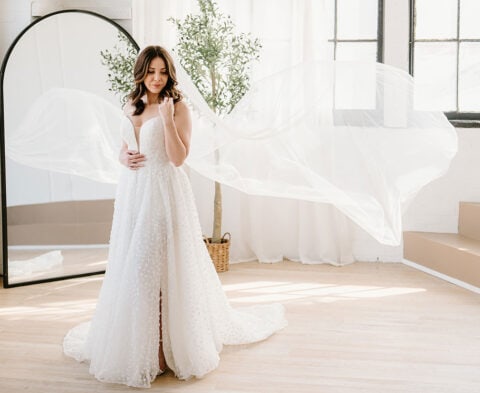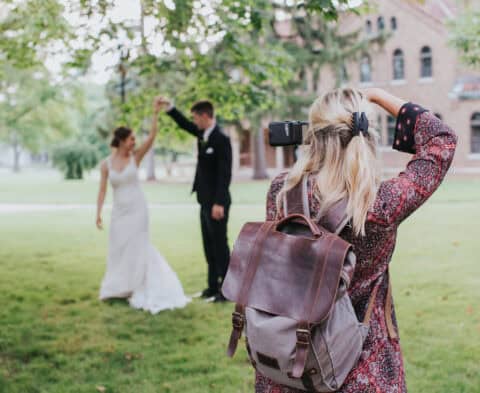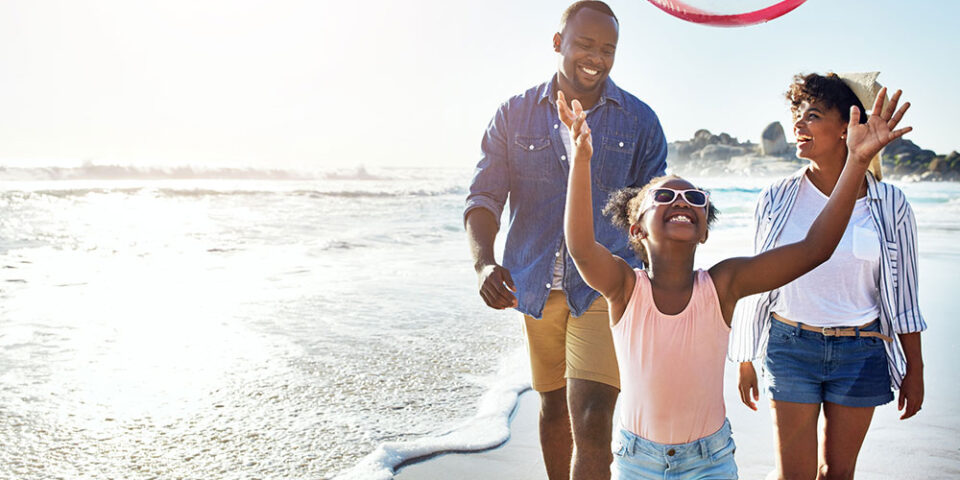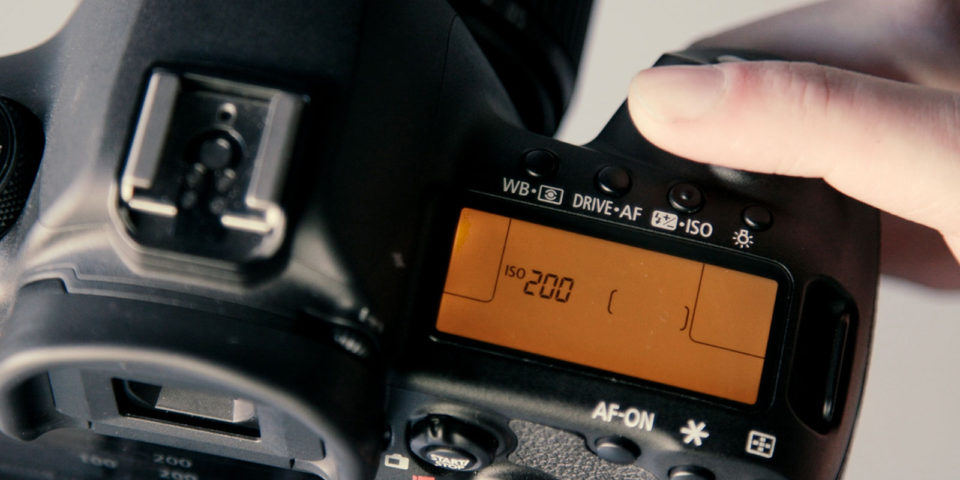The Best Wedding Photography Gear
Wedding season is upon us, and Henry’s wants to make sure you have all the knowledge you need to shoot weddings. Our “Wonderful Weddings” series will tell you everything you need to know about the equipment, the planning, the shots and the moments you want to capture.
This blog series is intended for serious hobbyists or semi-pro shooters who are thinking about getting into the wedding game. But even an amateur will learn some great tips about shooting events, and for professionals, a reminder is never a bad thing.
In part 1, we’re going to tackle the wedding photography gear you need to have to make sure capturing the happy couple’s day goes as smoothly as possible.
The Right Camera Body (Times Two)
Obviously, you’re going to need a camera to shoot a wedding. But if you really want to do the best job possible, you’re going to need two.
Having two cameras will allow you to have two different lenses available to you at all times,without having to waste time switching them; typically, you’ll want one with a wider angle to capture the scene, and one with a long zoom to get in for close-ups and tight spaces. (We’ll get into lenses more in the next section!)
For your camera bodies, speed, durability and reliability are all key. You’ll want fast and accurate autofocus, high ISO/good low-light performance, and high-speed image processing to ensure you can keep up with the events of the day.
As for reliability and durability, you’re going to be moving around a lot, and your cameras are going to get jostled. You may be shooting outdoors, and the weather can be unpredictable. A rugged, weather-sealed camera is a must.
A few other important features to look for:
- A tilting LCD screen, to more easily shoot low or high compositions;
- Dual memory card slots
- Good battery life
- Portability
With that last point in mind, you may want to consider a mirrorless camera for wedding photography, like the Nikon Z6 full-frame mirrorless. It’s fast, with excellent low-light performance, and durable, but incredibly small and light. Carrying two cameras around for anywhere from six to 14 hours can be exhausting, and carrying one or two mirrorless cameras can help.
Nikon’s mirrorless models are limited to a single-card slot, however. If you’re a tried-and-true DSLR user and you want that extra back-up slot, the full-frame Nikon D850 offers one XQD card and one SD card slot, ISO range up to 25,600, and continuous shooting up to seven FPS.
The Best Glass for Shooting Weddings
As noted above, with a two camera set-up, you’ll have two lenses always available. In most cases, you’ll want a wide angle mounted on one and a telephoto mounted on the other. But you’ll want to have additional lenses handy as well!
First, let’s look at the best choices for your two cameras — both from a zoom lens perspective, and a prime lens perspective.
For your first camera, if you’re a prime shooter, 35mm is a great choice to help you set the Nikon’s AF-S Nikkor 35mm F1.4G Lens is an excellent choice; it can help you set the scene at the venue, either indoors or out.
If you prefer to shoot with a zoom lens, a 24-70mm zoom lens is a good, flexible lens that will allow you to back out and set the scene but still allow you to get a little closer as needed. The Nikon AF-S Nikkor 24-70mm f/2.8E ED VR fits the bill, and offers vibration reduction image stabilization for even cleaner images.
For your second camera lens, for prime shooters an 85mm lens will give you good range and let you get close without being in the way, and it will shoot sharp portraits with a great shallow depth of field. Nikon’s AF-S Nikkor 85MM F1.4G nano lens is an excellent choice here.
For zoom shooters, a 70-200 on your second body allows you to get in close and capture detail without being intrusive, and creates a soft bokeh effect that delivers beautifully warm wedding photos. The Nikon AF-S Nikkor 70-200mm f/2.8E FL ED VR Lens is weather-sealed, offers image stabilization, has a silent wave motor and offers improved autofocus.
As for additional lenses, you may want to consider the following:
- Macro: Ideal for ring shots or flowers, or capturing the fine detail on the bride’s gown
- Fisheye: For more arty crowd or dancing/party shots
- Additional Zooms: A 14-24mm zoom lens will ensure you’re covered the “total spectrum” along with your 24-70mm and 70-200mm,
Additional Gear for Wedding Photography
Your camera(s) and lenses are the most important gear for shooting weddings, but you’re going to be in for a tough time without the following accessories!
- Backups and more backups: There are no second tries with wedding photography. Always pack extra batteries, extra chargers, extra memory cards — there’s no such thing as too much redundancy. You should even bring a backup change of clothes and shoes with you in case of a fall or accident!
- Lighting/flash accessories: You’ll want as much control over lighting as you can get. Speed lights will help, especially those that can be positioned off camera (and you’ll want some compact light stands to go with them). Gels will help you achieve consistency in lighting. A bounce dome or reflector will help you diffuse the light from your flash, and a shoot-through umbrella is great for transforming a little light into a wall of light, especially at family portrait time.
- Dual camera strap: A strap that hold both your cameras and allows you to quickly let go of one and pick up the other without worrying about dropping either is essential.
- Tripod: You probably won’t use a tripod during the actual service or reception, but you may want one handy for pre-wedding portraits and group shots, especially if the light isn’t great.
- Travel bag: You’re going to be carrying a lot of gear. Some of it you can leave in your car or out of the way until needed (tripod, change of clothes) but a lot of it you’re going to want close at hand. Consider a rolling bag to organize and transport the most-needed gear with you from your car to the venue(s), and then if you can leave the rolling bag in a safe spot, a shoulder/messenger bag for the absolute must-have-at-hand essentials (extra cards and batteries, lenses, speed lights etc.).
Before You Jump in to Wedding Photography…
We’ve discussed a lot of gear here, and even if you already have some of it, you’re looking at a substantial initial investment, and that can be scary. But jumping in with two feet probably isn’t the best idea anyway. Instead, try your hand as a second shooter or assistant to an experienced wedding photographer. You’ll learn the ropes, start getting some shots for your portfolio and make a little bit of money that you can invest in your own equipment.
What’s Next:
